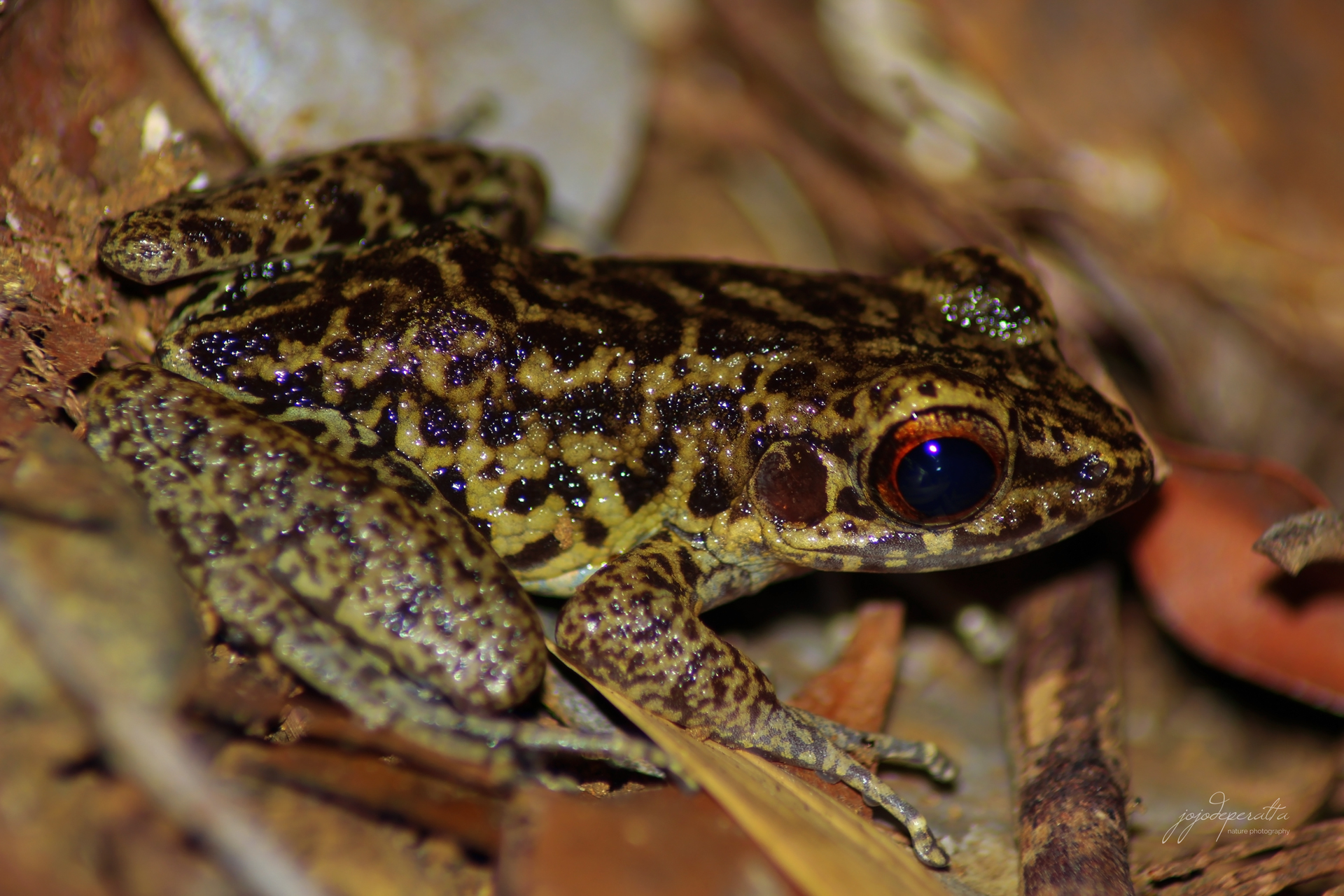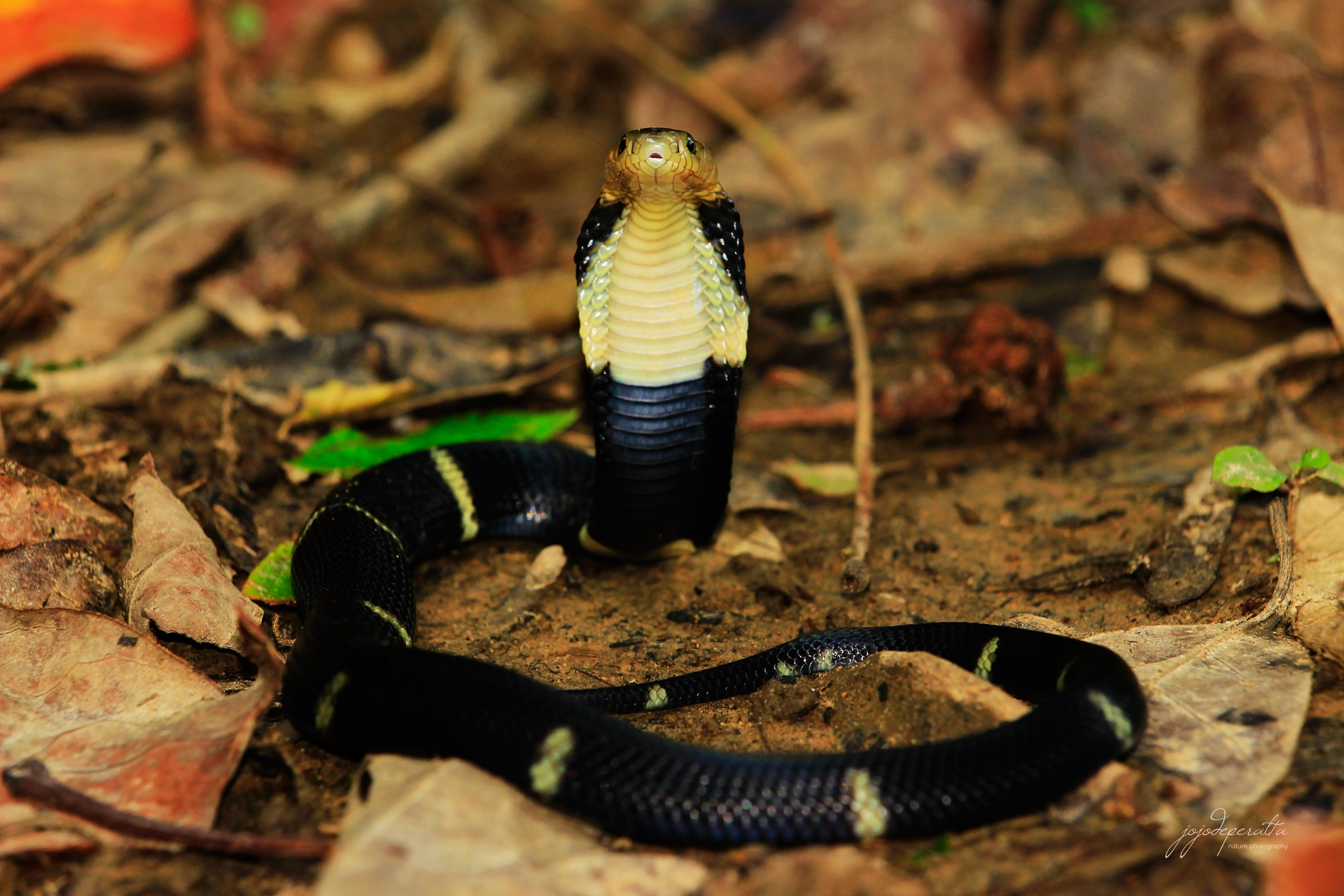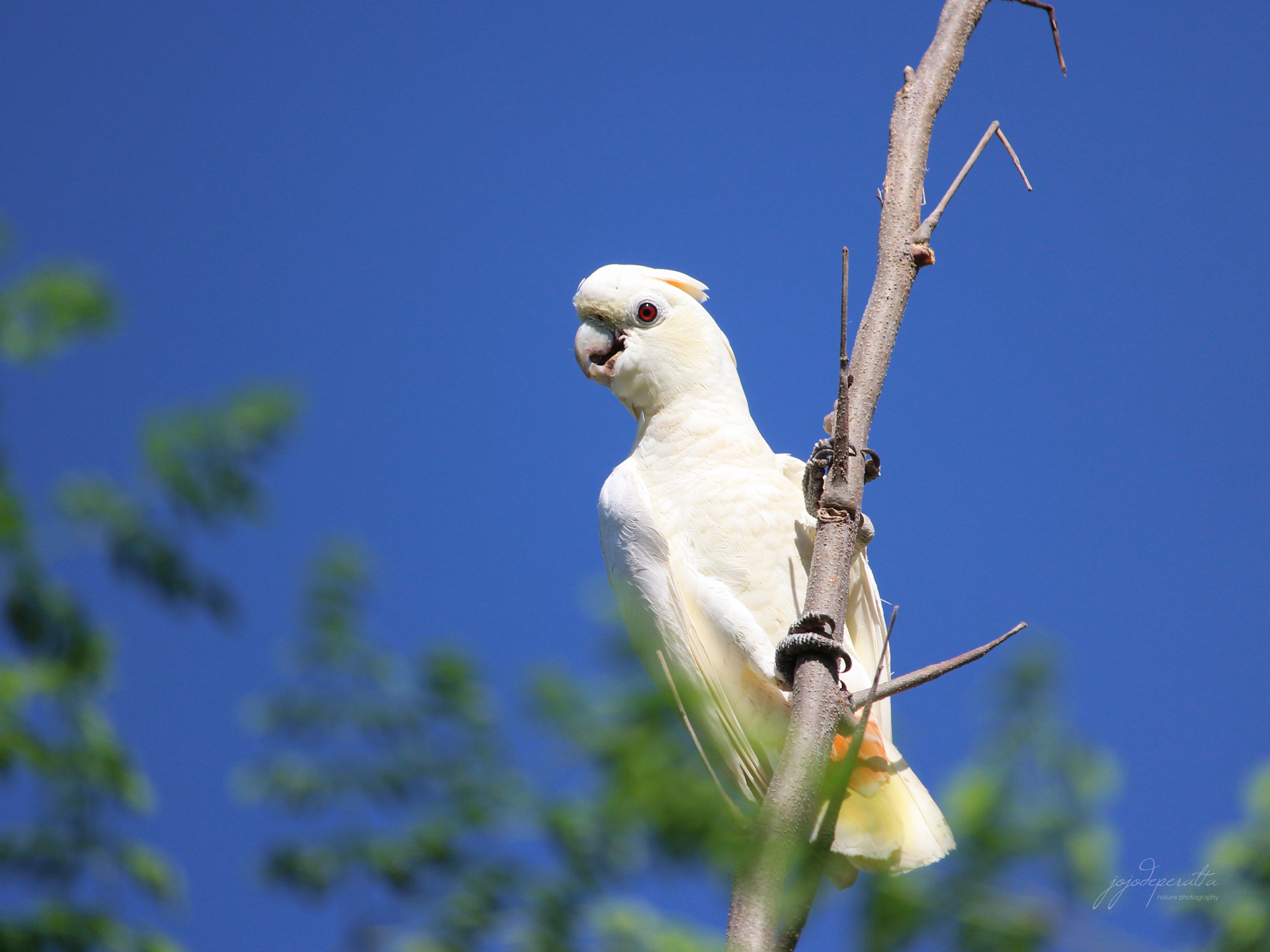Skip to main content
Palawan Stream Frog
The Palawan Stream Frog or Culion Frog, Pulchrana moellendorffi
(Boettger, 1893) is an endemic species of amphibian
currently listed as Least Concern because of its presumed large
population and wide distribution in Palawan. However, like most species
that always requires forest cover, this endemic amphibian is being
threatened by its slowly declining habitat mostly due to agricultural
and urban development. It used to be common where it occurs, but their
declining numbers in the lowland area is noticeable especially on the
eastern side of the mainland where farming is extensive.
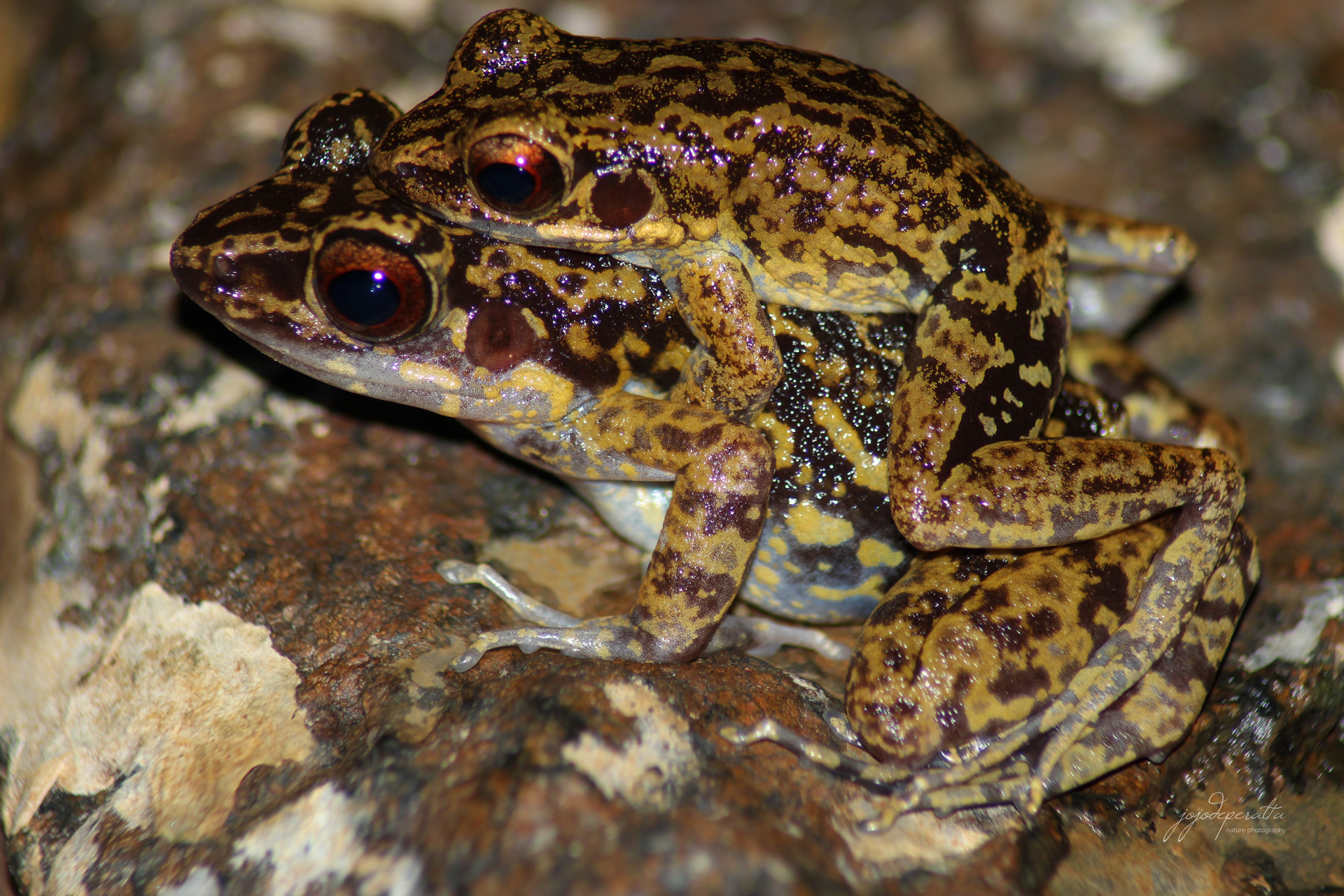 |
| Palawan Stream Frog |
This species is also known to inhabit disturbed rivers in lowland
forests and low intensity agricultural areas. However, the uncontrolled
lowland deforestation and the pollution of streams and rivers due to
agricultural effluents is slowly pushing this species deeper in the
foothills and mountain slopes where the majority is now sharing the same
type of habitat with several species of amphibians like the endemic Leptobrachium tagbanorum and Staurois nubilus.
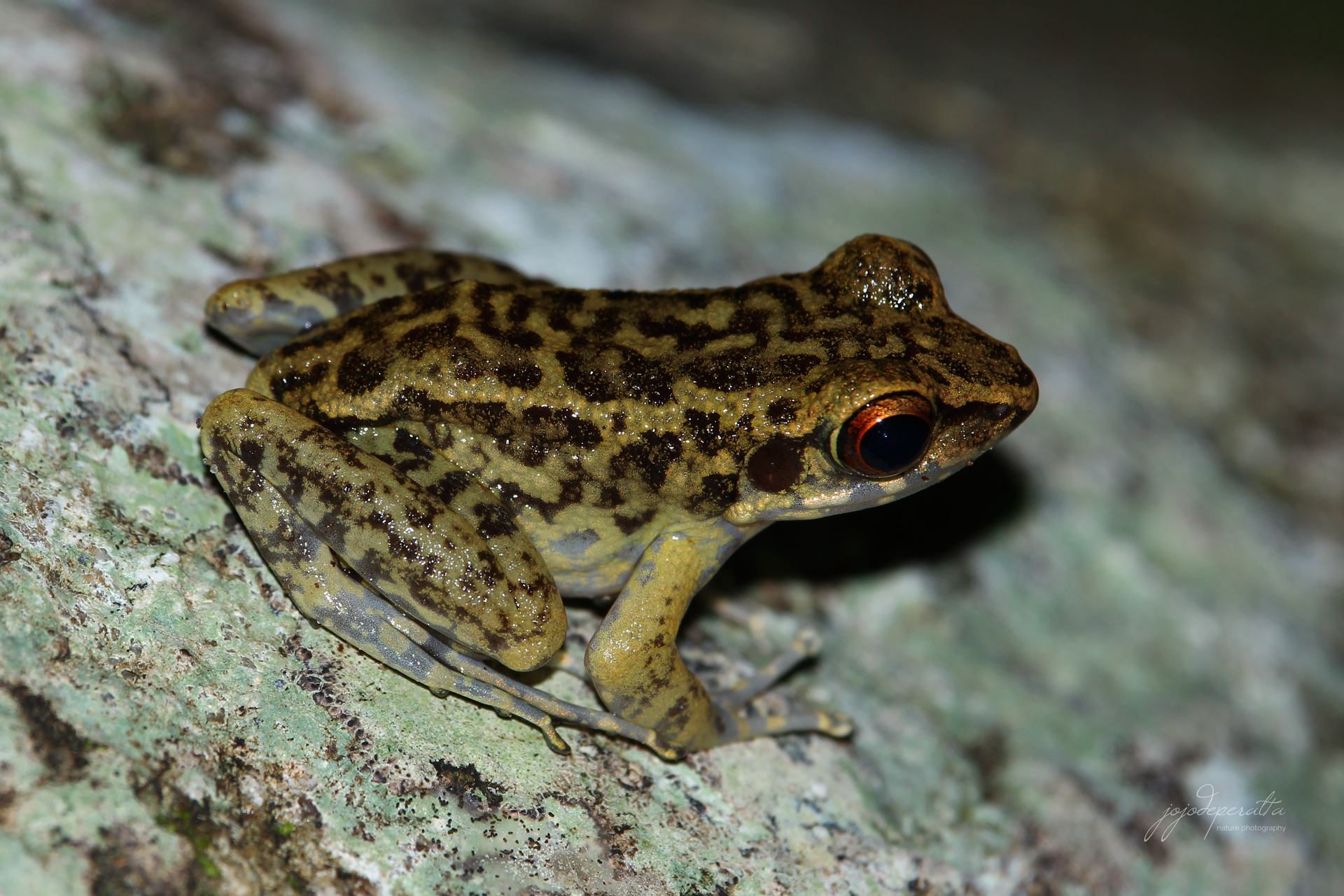 |
| Palawan Stream Frog |
The Palawan Stream Frog is well camouflaged in color and finding this species
at daytime is usually hard. It hides during the day inside heavy
thickets of vegetation growing around rivers and streams or under large
rocks and roots on the riverbanks. It can be easily seen at night where
it is largely active along the riverside or the forest floor near water.
The range of this species includes all major mountain ranges in Palawan
and several protected areas usually up to around 600masl. It is said to
occur up to 800 masl in Mount Victoria area, but I had no luck yet in
finding this species in that elevation.


